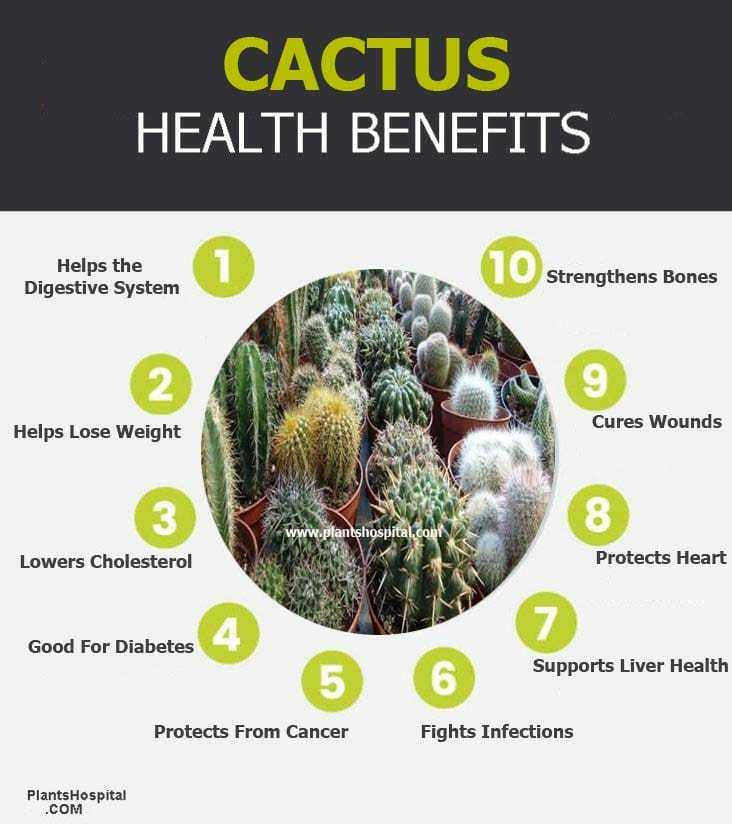What Are Cactuses Good For? Exploring the Benefits of Cactus Plants
Cacti have long fascinated both casual observers and dedicated botanists alike. These resilient plants are not merely decorative; they have a plethora of benefits that extend beyond their aesthetic appeal. From their role in traditional medicine to their potential applications in modern science, cacti offer an intriguing glimpse into nature’s ingenuity. In this exploration, we will delve into the multifaceted advantages of cacti, uncovering what makes these remarkable plants so beneficial.
The Aesthetic Appeal of Cacti in Decor
One cannot discuss cacti without acknowledging their striking visual presence. With their unique shapes and vibrant colors, cacti can serve as captivating focal points in any space. The artistic allure of these plants is enhanced by their diversity; there are over 2,000 species, each with its characteristic form ranging from the tall saguaro to the tiny, ornate moon cactus.
Cacti require minimal maintenance, making them ideal for both novice and seasoned plant enthusiasts. Their ability to thrive in arid environments translates to low-water needs, allowing for a sustainable option in interior and outdoor design. Using cacti as decor not only enhances the aesthetics of a room but also promotes a sense of tranquility and connection to the natural world. Furthermore, the geometric forms of cacti can harmonize beautifully with modern design, lending a touch of the exotic while maintaining an aura of sophistication.
Empowering Health Benefits: Nutrition and Medicinal Uses
Cacti possess remarkable nutritional properties that deserve attention. The most well-known edible cactus is the prickly pear (Opuntia), celebrated for its high content of vitamins, minerals, and antioxidants. This unique fruit is an excellent source of vitamin C, magnesium, calcium, and dietary fiber, bolstering the immune system and promoting digestive health. Eating prickly pear may help reduce blood sugar levels, making it a beneficial option for those managing diabetes.
In addition to their nutritional facets, certain cactus species have been utilized in traditional medicine for centuries. The nopal cactus, for instance, has been traditionally employed to soothe inflammation and assist in wound healing. The mucilage found within cactus pads has hydrating properties and is believed to aid in skin health. Some studies suggest that compounds derived from cacti may exhibit anti-cancerous potential, although more research is needed to substantiate these claims. Nonetheless, the synergy of nutrients and medicinal properties positions cacti as a notable ally in holistic health.
Environmental Contributions: The Unsung Heroes of the Desert
Cacti are not merely passive landscape elements; they play an integral role in their ecosystems. Found predominantly in arid regions, they have evolved remarkably adaptive traits that allow them to thrive in harsh conditions. For example, their thickened stems enable them to store large amounts of water, providing sustenance for various organisms during dry spells. With their ability to flourish in inhospitable environments, cacti help sustain local wildlife, serving as essential food sources for birds, insects, and mammals alike.
Cactus plants also contribute to soil health. Their extensive root systems prevent erosion, stabilize the ground, and promote water retention, allowing the surrounding flora to flourish. By fostering biodiversity and supporting ecosystems, cacti demonstrate their vital role in maintaining the balance within their native habitats. This environmental contribution is not just an ecological necessity, but also a testament to their resilience—a key characteristic that continues to intrigue scientists and enthusiasts alike.
Cacti in Modern Science: Innovations Inspired by Nature
The innovative structures of cacti have caught the attention of researchers and scientists who see potential applications in various fields. The unique water storage capabilities of cacti have inspired advancements in technology, particularly in water conservation methods. Scientists are exploring how the water-efficient properties of cactus transpiration can lead to the development of better irrigation systems and drought-resistant crops, benefiting agriculture in arid regions.
Moreover, research into the biochemical compounds present in cacti has unveiled their potential in pharmacology and biotechnology. The anti-inflammatory and antioxidant properties of cactus extracts are being studied for their applicability in pharmaceuticals, skincare, and even food preservation. These findings reflect an ongoing interest in harnessing the natural resilience of cacti to develop sustainable solutions to contemporary challenges.
Conclusion: Nature’s Masterpiece
The multifarious benefits of cacti elevate them from humble desert dwellers to valued contributors in health, environmental sustainability, and scientific innovation. Their unique beauty blends seamlessly with functionality, inviting us to appreciate their role in both nature and human life. Cacti serve not only as an aesthetic delight in our homes but also as powerful allies in our pursuit of health, ecological balance, and scientific advancement. As our understanding of these plants deepens, we may uncover even more ways in which cacti can enrich and enlighten our lives.





Leave a Comment